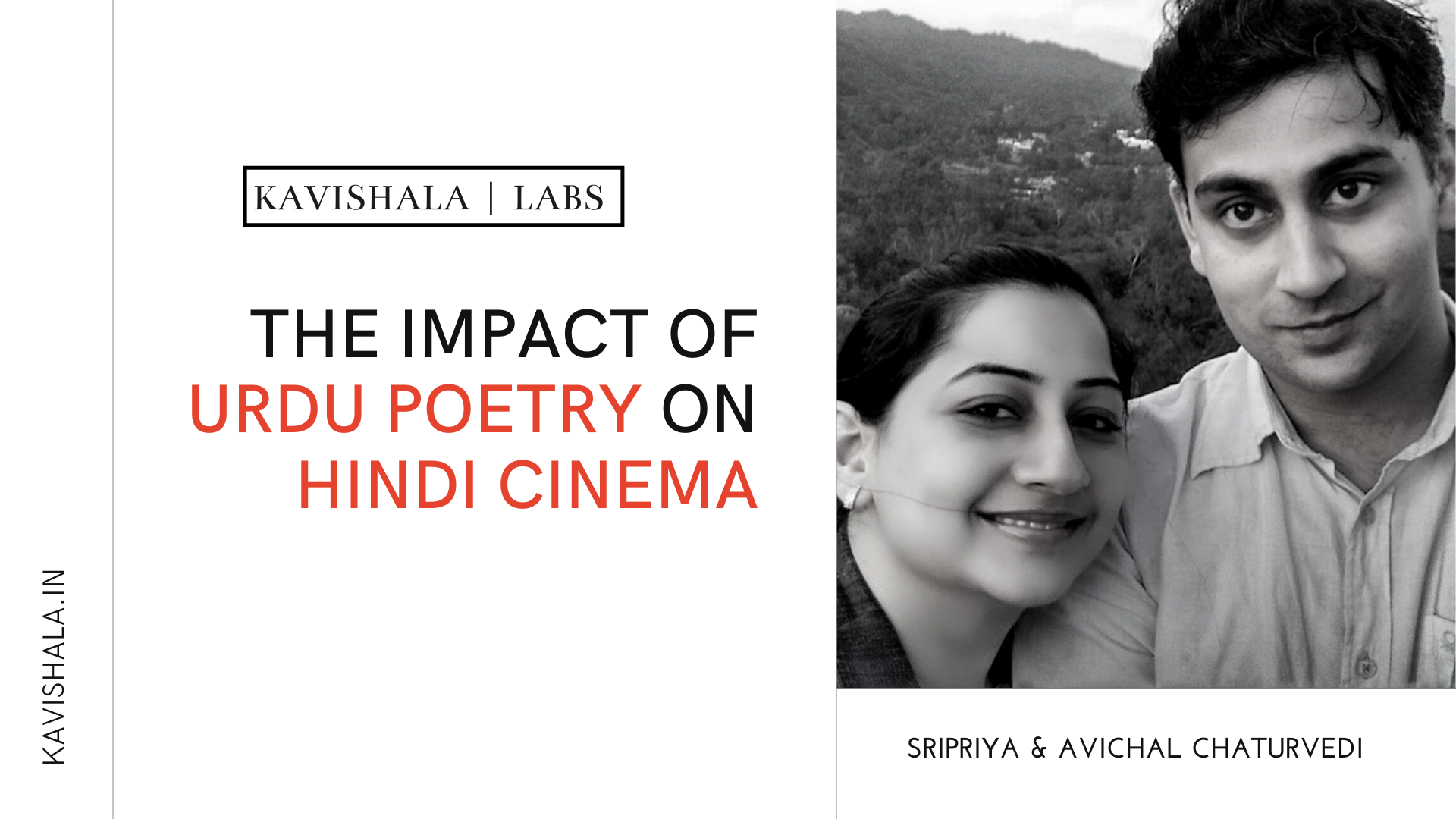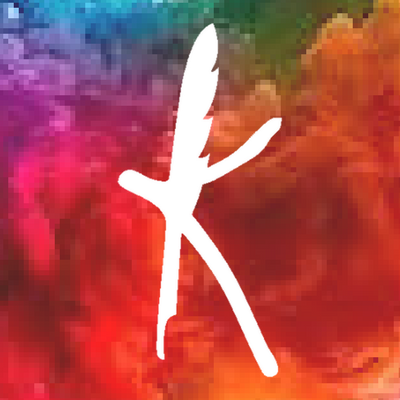
वो यार है जो खुशबू की तरह, वो जिसकी ज़ुबां उर्दू की तरह...
We're Living in the times of Saturday - Saturday Chaar Botal Vodka and DJ Waale Babu, it’s easy to forget that the aforementioned lines by Gulzar celebrating Urdu belong to one of the biggest chart-busters Bollywood has ever produced. It won’t be surprising if in a few years Dil Se and Chhaiyan Chhaiyan feature in one of those Only 90s Kids Will Remember This memes. And yet, there’s a timeless quality to the song that is rooted as much in A R Rahman’s magical melody as it is in Gulzar sahab’s peerless poetry. Although the song’s lyrics include many complex Urdu words that aren’t always understood, they are still music to the ears. This is the magic of Urdu poetry at work. When you understand it, it’s beautiful. When you don’t, it is still sublime. However, the history of Urdu poetry in Bollywood goes beyond a few timeless songs. In fact, it goes back to the very beginning of talking pictures in India.
WHEN MOVIES MET POEMS
The origins of talkies in India can be traced to the theatre of the late 19th century, which was dominated by Parsi culture and patronage. The language of this theatre was Urdu, and this tradition gradually led to the production of the first talkie Alam Ara in 1931. The film was based on a Parsi play and featured the first song and dance routine in Bollywood. Urdu, from the very beginning, was the most important language of the talkies. Its use of official and administrative Persian terminology in the colloquial syntax of Hindustani made it appropriate for dramatic situations. Further, Urdu Shayari is primarily a spoken art form and therefore more suited to theatrical and cinematic adaptation. These adaptations, in turn, made Urdu poetry accessible and entertaining to an audience that reveres music as a part of its culture.
Along with music, poetry has been a strong medium of cultural and artistic expression in India. Even the Indian freedom struggle was characterised by poetic ethos, best epitomised by the poet-revolutionary Ram Prasad ‘Bismil’.
सरफ़रोशी की तमन्ना अब हमारे दिल में है
देखना है ज़ोर कितना बाज़ू-ए-क़ातिल में हैThe flame of martyrdom keeps our hearts warm,
Now let’s test the strength of the assassin’s arm.
Owing to such cultural traditions, lyrical poetry was a part of Indian cinema since its inception. As Urdu was the lingua franca of artistic expression, Urdu poetry became indispensable to songwriters. Two of the earliest lyrical poets in Hindi cinema – Kidar Sharma and Dina Nath Madhok – perfectly symbolised this synergy between poetry and cinema. Kidar Sharma wrote the lyrics for several early classics of the 1930s and 1940s such as Devdas, Chitralekha and Baawre Nain. Similarly, Dina Nath Madhok directed many films and introduced legendary music director Naushad to the industry. However, he was primarily a poet who wrote the lyrics for movies like Pardesi, Bhakt Surdas, and Tansen.
IT WAS THE BEST OF TIMES
The Golden Age of Indian cinema (late 1940s – 1970s) produced everlasting classics that would come to define entire genres of Hindi cinema. Ironically though, the cinema of this period was not exactly “Hindi” cinema. It can be more accurately called Hindustani or Hindi-Urdu cinema.
This was also the time when Urdu poetry went from being just a part of the cinematic experience to defining the very themes of the movies being produced. Although Urdu poets of the era belonged to different parts of the country, they were connected through a common network based in Mumbai (Bombay at the time). Stalwarts like Jan Nisar Akhtar (father of Javed Akhtar), Sahir Ludhianvi, Kaifi Azmi (father of Shabana Azmi), and Shakeel Badayuni, were either related or were close friends with each other. This clique also included several acclaimed movie-makers and music directors. Many famous Urdu poets like Akhtar ul Iman were also accomplished scriptwriters. Steeped in similar artistic traditions, they influenced one another and became equally important, if not equal parts of the movie-making process. Moreover, almost all lyricists of that time had formal training in Urdu poetry and were well-versed with its various forms like ghazal, nazm, qawwali etc. Their careers began in mushairas (Urdu poetry symposiums).
With such iconic poets at the helm of affairs, this era produced some of the best-written songs in the history of Hindi cinema. From romantic sonnets like Chaudhavin Ka Chand, to songs of desperate misery like Dekhi Zamane Ki
